According to McGill University, the average Canadian uses about 329 litres of water at home. That makes Canada one of the world’s largest consumers of water but it also adds quite a lot to your water bill every month. To reduce that, you need to use less water, and it’s much easier than you might think.
Published January 18, 2017, Updated September 7, 2021

1. Don’t Fill the Bath
Of Canada’s domestic water use, 35% goes toward bathing. Filling the bathtub just halfway takes about 200 litres, but you can save by filling the tub only a quarter of the way.
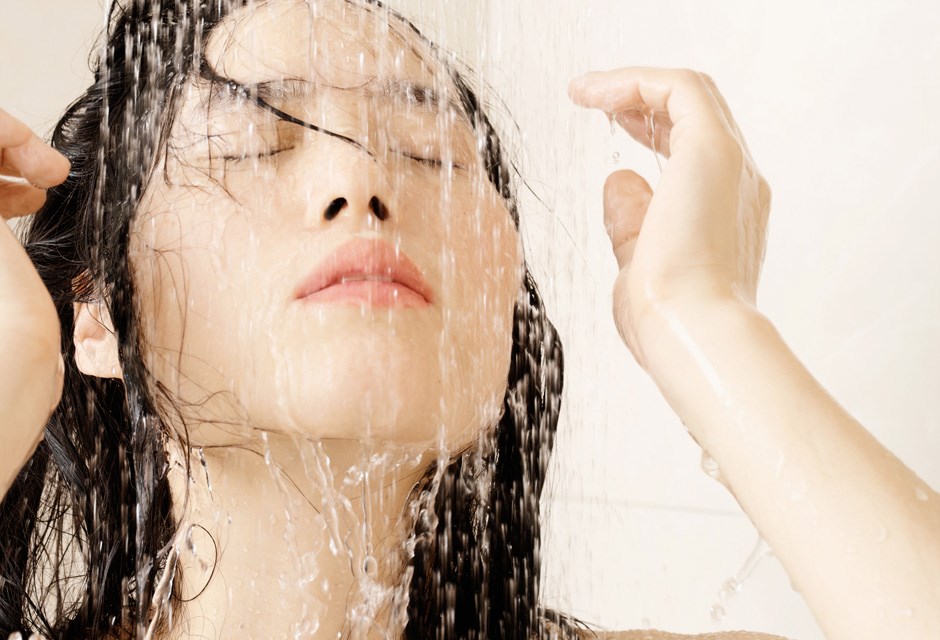
2. Shower
You use about 9.5 litres of water per minute when you take a shower. Make taking a bath a once-a-week treat and shower the rest of the time.
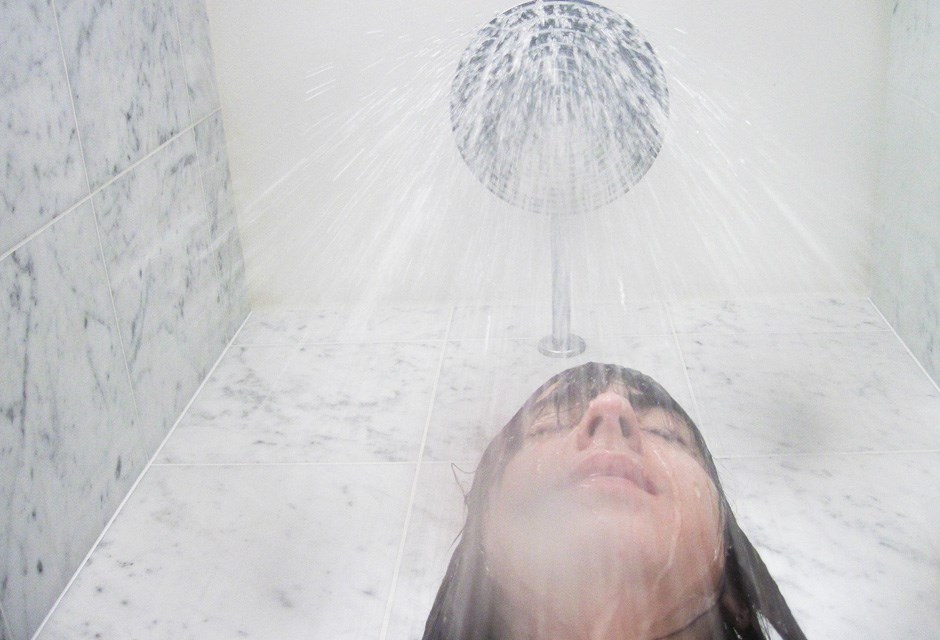
3. Take Shorter Showers
If you stand under the shower for 20 minutes, you use almost as much water as you would have if you filled the bathtub halfway. Spend less time in the shower and you’ll be using much less water.

4. Install a Low-Flow Showerhead
According to Hydro One, an energy-efficient, low-flow showerhead reduces the water flow by between 40 and 60%. That can save you more than 28,000 litres of water in a year.
Related: 25 Home Renovations That Will Not Increase the Value of Your Home
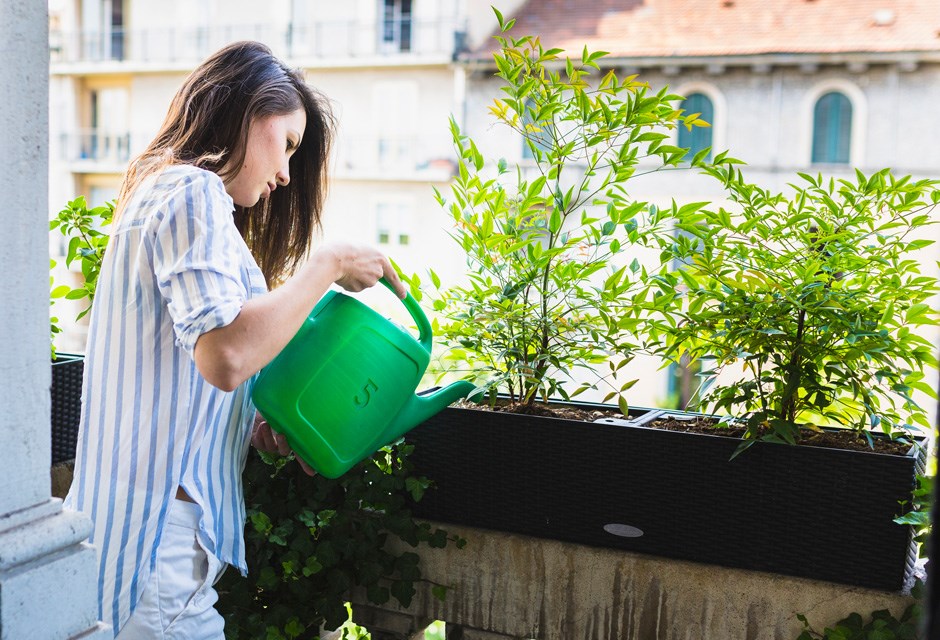
5. Save Your “Wait Water”
Insulating your hot water pipes can reduce the amount of time you need to wait for the water in the shower to warm up. However, you can also save that “wait water” in a bucket and use it for something else, such as cleaning, flushing the toilet or watering the plants.
Related: Secrets of an Eco-Conscious Homeowner We Should All Adopt

6. Turn Off the Tap
Instead of letting the water run, turn off the tap while you’re brushing your teeth, shaving or washing your hands. Then turn it back on to rinse.
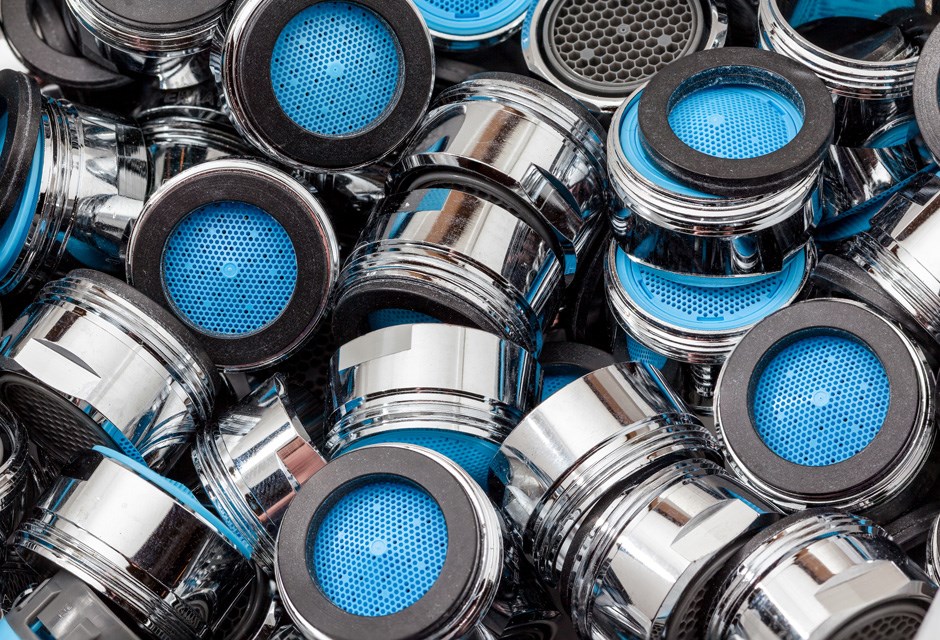
7. Install Faucet Aerators
Hydro One says that faucet aerators can reduce your water consumption by 25 to 50% per tap. They do this by mixing air into the water coming out of the tap, giving you a strong flow while you’re actually using less water.
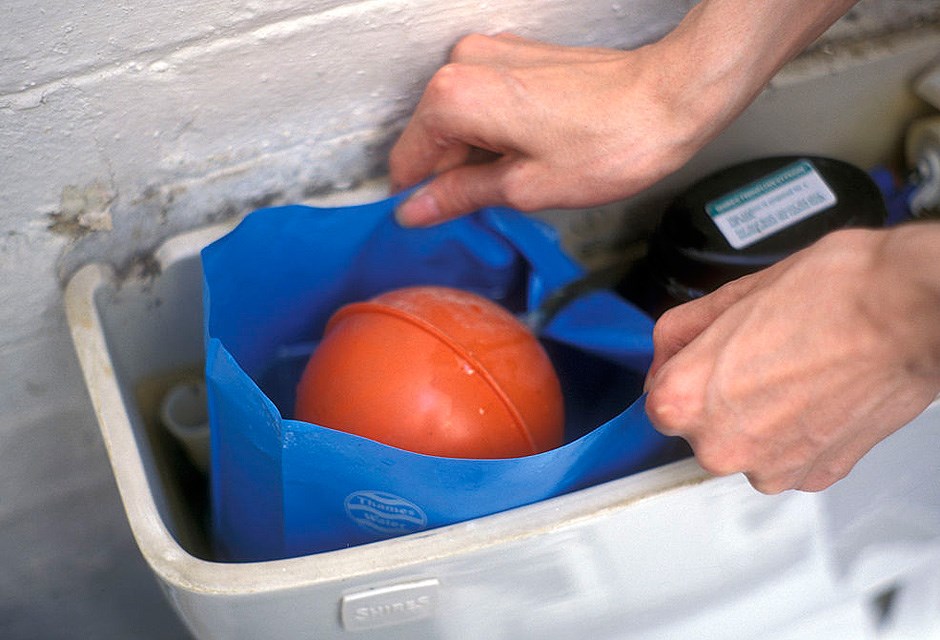
8. Flush With the Minimum Amount of Water
Direct Energy says that your toilet uses between 1 and 16 litres of water per flush. In fact, toilet flushing makes up 30% of a Canadian household’s water consumption. Place a bottle filled with water or special tank bag in your toilet’s cistern to displace the water level and let you flush with less water.
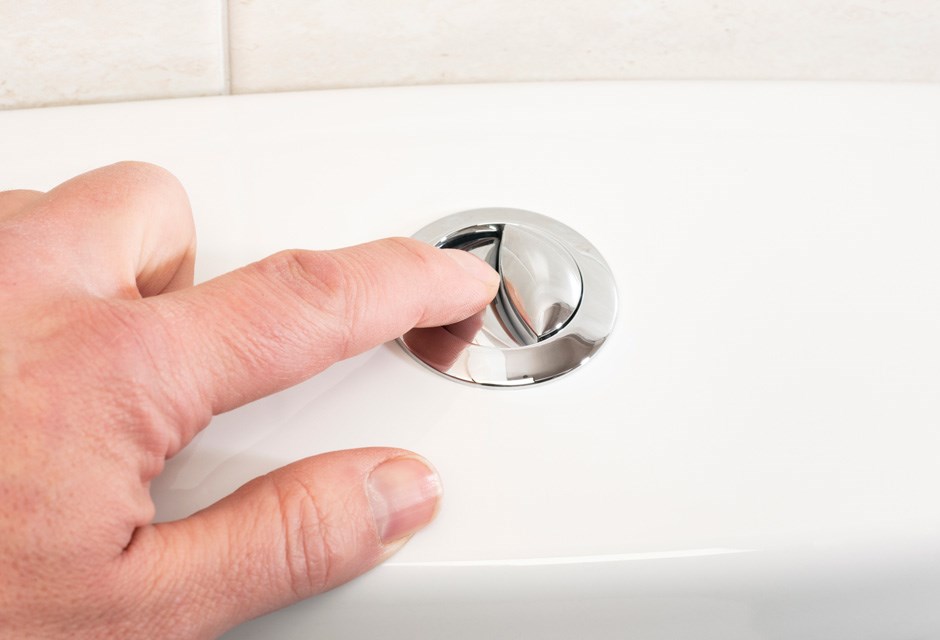
9. Install a Dual-Flush or Low-Flow Toilet
A dual-flush or low-flow toilet uses less water than a conventional one. With a dual-flush toilet, you can adjust the amount of water you need for flushing, depending on what you need to flush away.
Related: These 12 Renos Will Have the Biggest Impact on Your Home
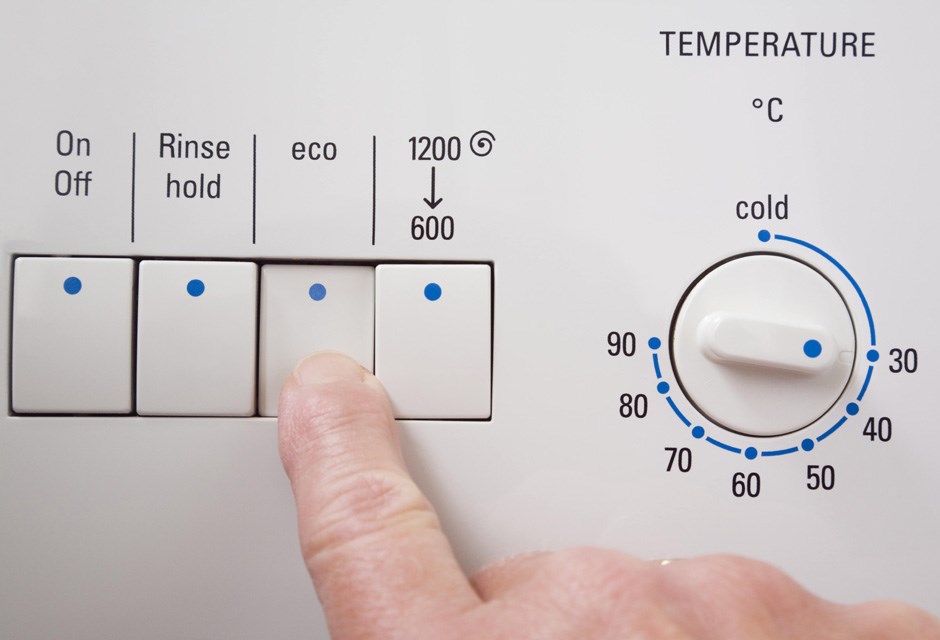
10. Fill Your Washing Machine but Don’t Overfill It
About 20% of a household’s water use is for doing the laundry. Instead of doing small loads of laundry every day, wait a few days and do one big load. However, only fill the machine to about three quarters full or it will work less efficiently.
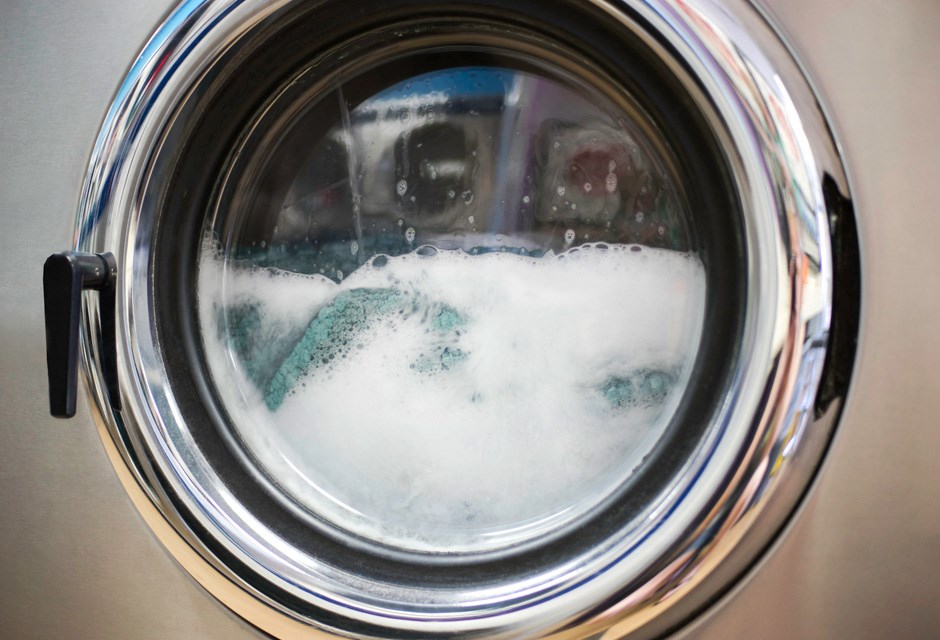
11. Pre-Soak
If you have very dirty laundry to get clean, pre-soak it first. That way, you won’t have to wash the same load twice and you’ll save water and electricity.

12. Get an Energy-Efficient Washing Machine
An ENERGY STAR washer uses up to 40% less water than a conventional model, according to Hydro-Québec. In addition, the newer ENERGY STAR models use about half as much water as those made before 2007.
Related: Scott McGillivray’s 10 Eco-Friendly Home Renovations That Can Save You Money

13. Get an Energy-Efficient Dishwasher
Hydro One says that an ENERGY STAR dishwasher can be 50% more efficient than a regular one. It will save not only water but electricity as well.
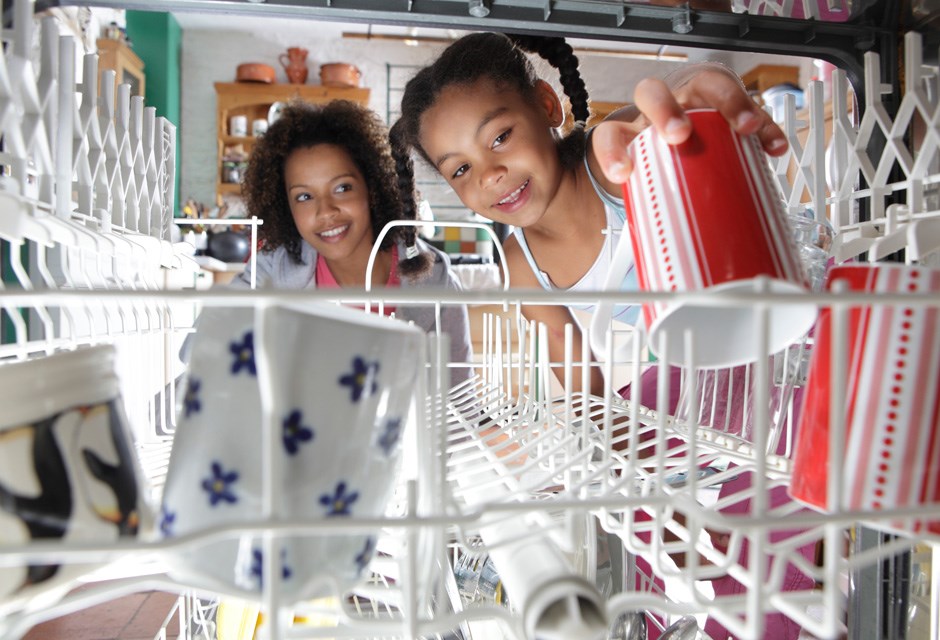
14. Use Your Dishwasher Wisely
Only run your dishwasher for full loads and then run it on the shortest possible cycle. Instead of rinsing your dishes and cutlery before loading them into the dishwasher, scrape them off and let the washer do the rest.
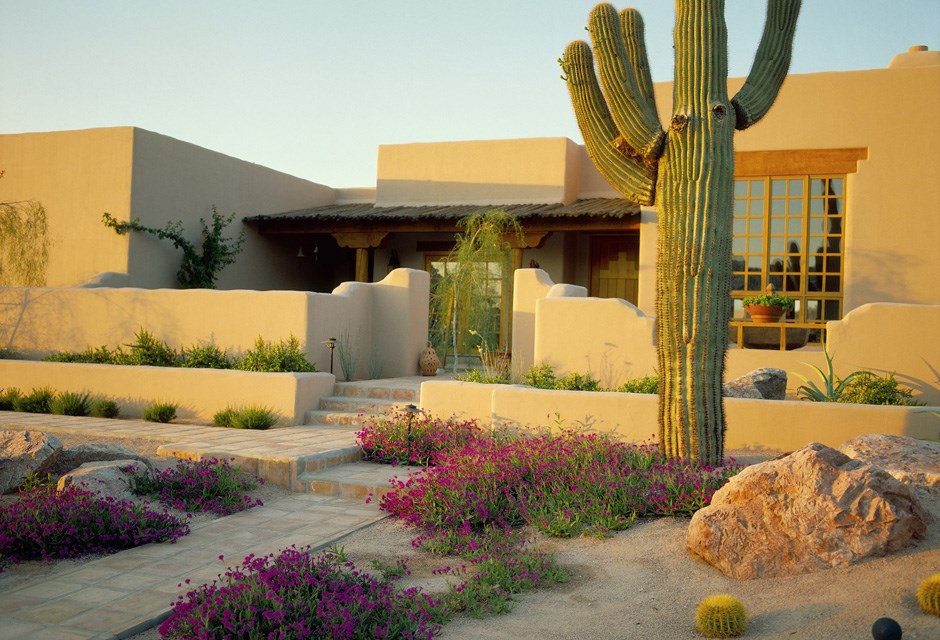
15. Plant a Water-Wise Garden
Choose native or drought-tolerant plants for your garden and reduce the size of your lawn, which is a water guzzler. Spreading mulch around the base of plants will reduce evaporation and you’ll need to water less often. Choose shady spots for plants that need more water to reduce evaporation.

16. Water the Garden at the Right Time
The best times to water your garden are in the early morning, late afternoon or evening. If you water in the middle of the day, the heat of the sun will evaporate the water.

17. Use Grey Water in the Garden
Grey water is wastewater from sinks, showers, bathtubs, washing machines and appliances such as dishwashers. It’s a great option for watering the garden and is even better for your plants when you use biodegradable soaps or detergents.
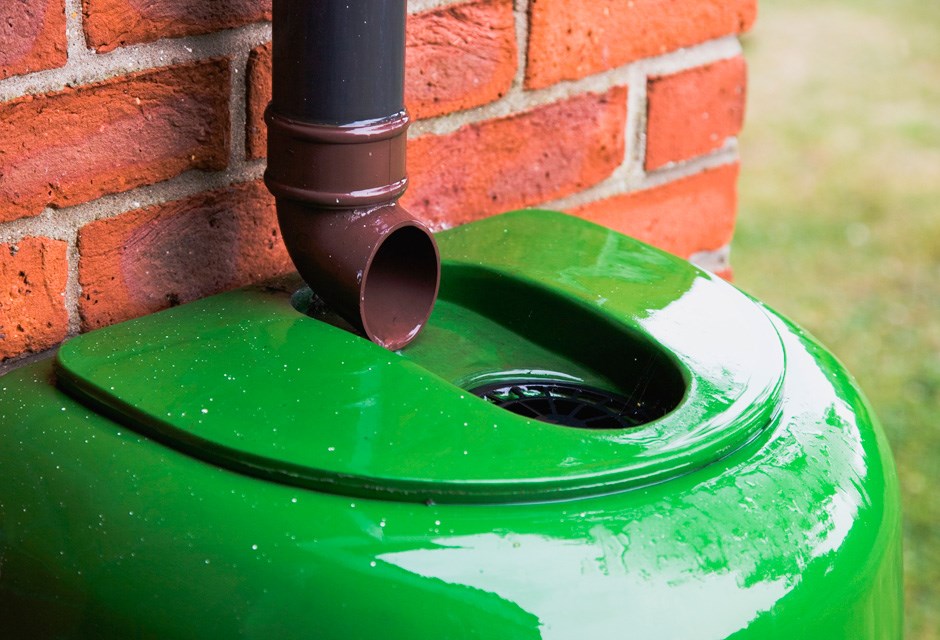
18. Collect Rainwater
Place a tank, barrel, large bucket or tub at the bottom of a downspout for collecting rainwater. You can then use this water in the garden on sunny days or even use it for cleaning or for flushing the toilet.

19. Use the Sprinkler System Wisely
A sprinkler system is convenient but can waste astonishing amounts of water. With fine-mist systems, nearly half the water will evaporate before it even makes it to the ground. If you choose to use a sprinkler system, set it on a timer so that you don’t over-water the garden.

20. Keep Your Plumbing in Good Shape
The constant dripping from leaky taps and toilets can quickly add up and if your water bill suddenly soars, it may be a sign that there’s a leak somewhere. Regularly check your taps, toilets, water supply valves and pipes for signs of leakage and fix any problems as soon as possible.
HGTV your inbox.
By clicking "SIGN UP” you agree to receive emails from HGTV and accept Corus' Terms of Use and Corus' Privacy Policy.





